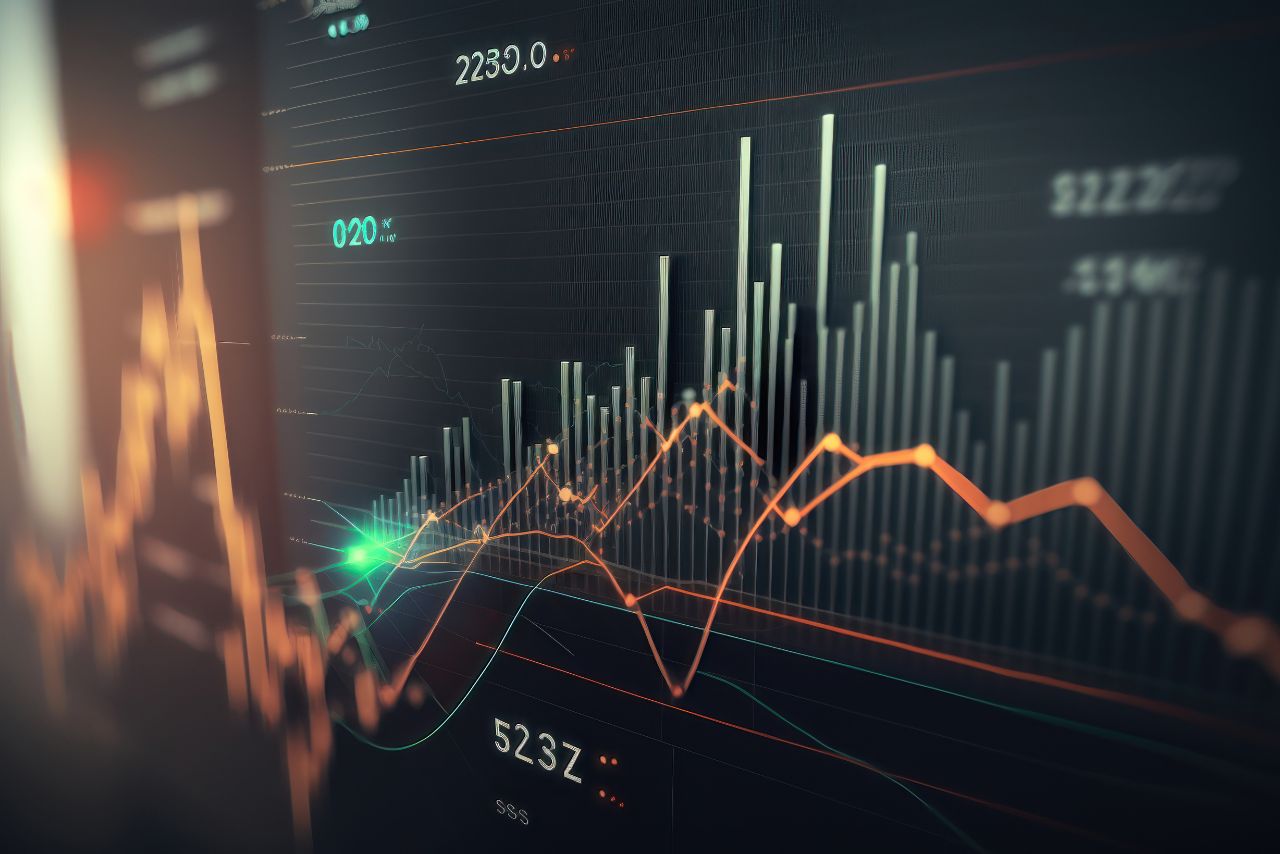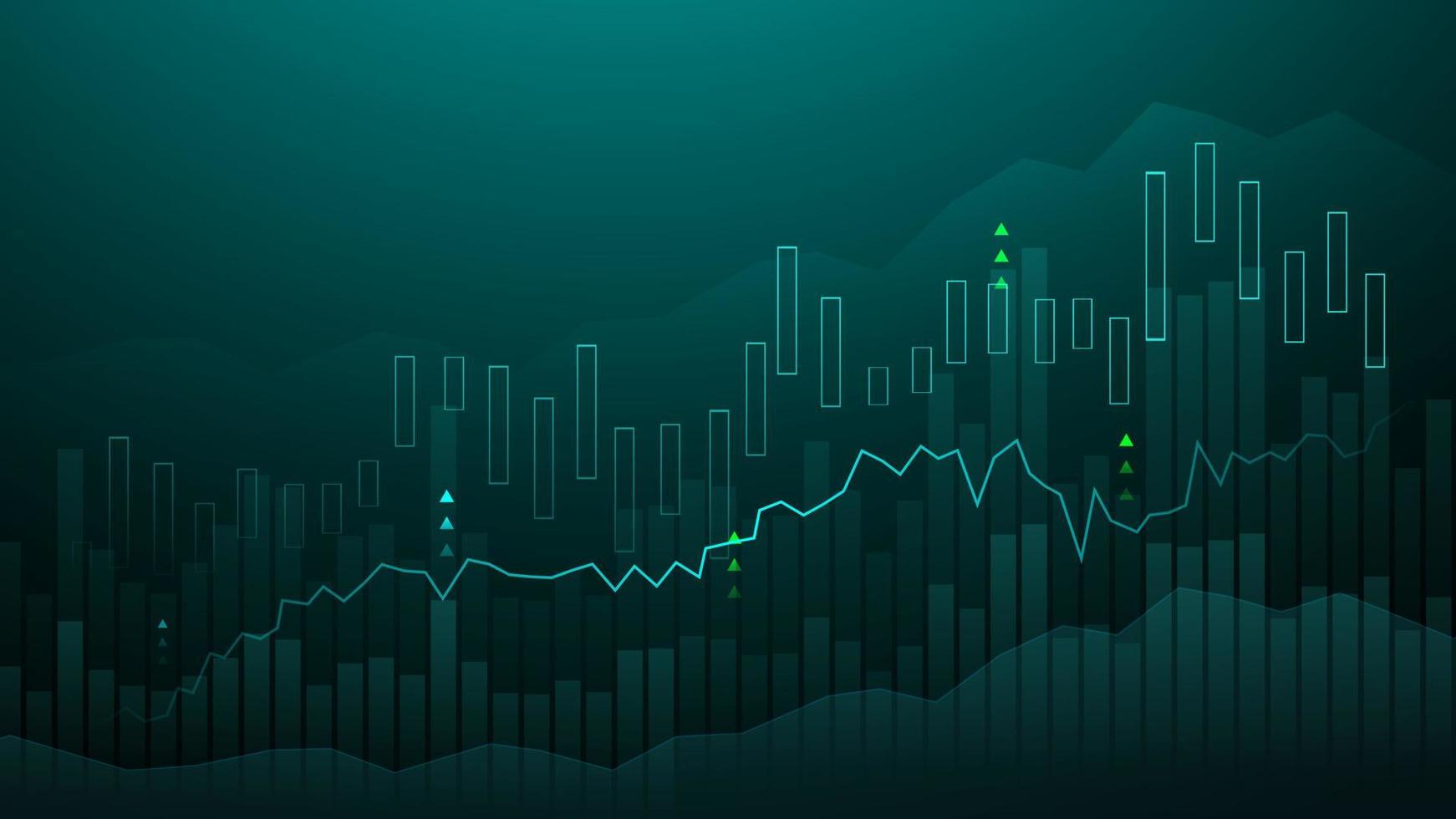
When markets are volatile, you need to respond faster and learn more. Traders that do well in these kinds of situations use certain indicators to help them figure out what’s going on in real time. These tools help you manage risk, find reversals, and take advantage of short-term chances. It’s also crucial to think about bigger factors, like structural changes like Goodbye IBOR – How IBOR Changes Will Affect Overnight Fees? which affect the cost of trading during times of extreme volatility.
Volatility And Momentum Indicators
It is important to keep track of how fast and how strongly the market is moving.
- Average True Range helps figure out how much prices move each day
- Bollinger Bands show when a breakthrough or reversal might happen
- The Relative Strength Index shows when momentum changes direction
- MACD shows when momentum and trend cross
Understanding how volatile something is will help you decide how big your position should be and when to enter.
Volume-Based Confirmation Signals
Volume shows how strong price changes are during rapid turns.
- On-Balance Volume tracks how much is being bought and sold
- Volume spikes show how strong the market’s direction is
- Chaikin Money Flow measures the pressure to buy or sell
- Volume-weighted average price gives institutional traders an idea of how much they should be trading
Volume backs up decisions to break out or break down.

Interest Rate Shifts And Cost
Changes in interest rates and benchmarks can quickly change how people feel about the market.
- Changes to the central bank’s interest rate change short-term trading plan.
- Overnight swaps change the cost of holding leveraged contracts
- Goodbye IBOR – How IBOR Changes Will Affect Overnight Fees? impacts positioning across assets
- Forward guidance makes the market set up for speculation
Knowing how rates and fees are related will help you keep your profit margins safe.
Are Technical Indicators Enough?
Can indicators alone help you make decisions when the market is unstable?
No. Indicators give us useful information, but we need to know the whole story. Sudden changes in geopolitics, liquidity, or data releases might make technical indications less important. For a complete picture, use tools along with knowledge of big events and news as it happens.
Insight For Turbulent Trading Sessions
Market instability brings both chances and dangers. Traders can make a strategy that changes quickly and easily by keeping an eye on important indicators, including volume, trend, volatility, and structural cost changes. Knowing about changes in pricing structures and benchmarks gives you an edge, especially when things are going crazy. Traders who are ready don’t guess—they act.






